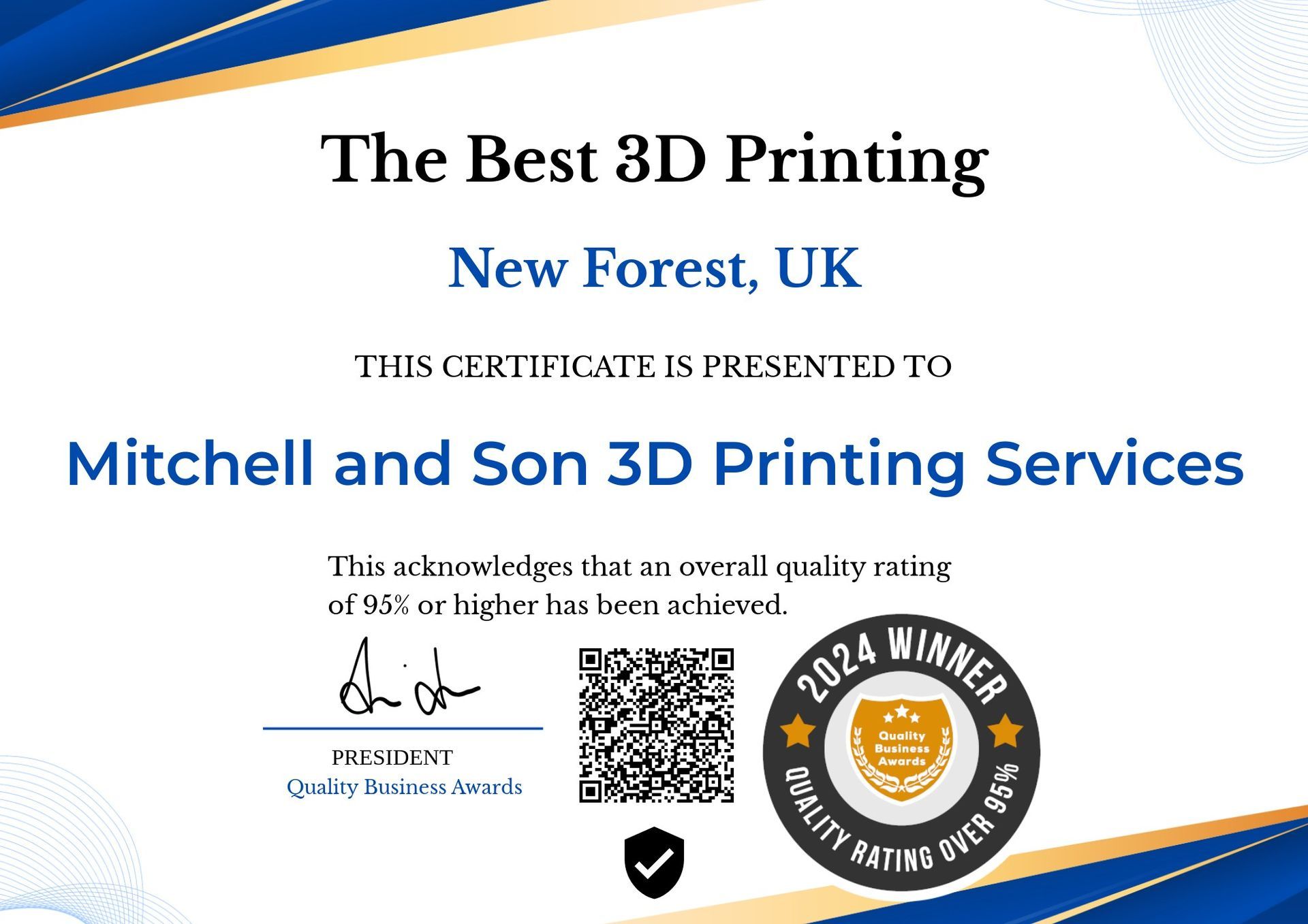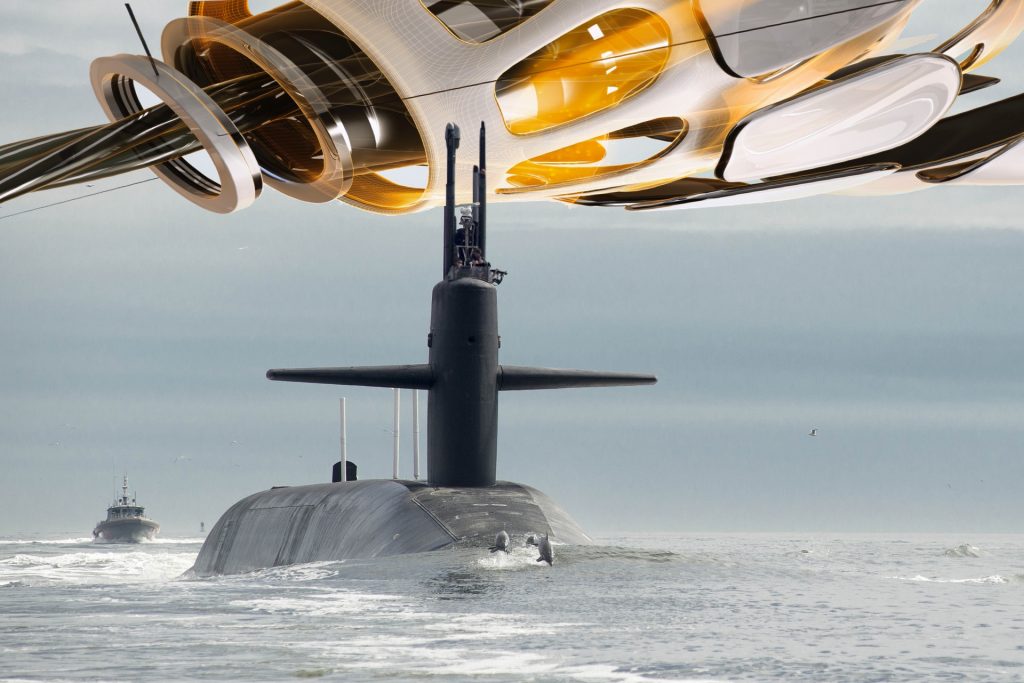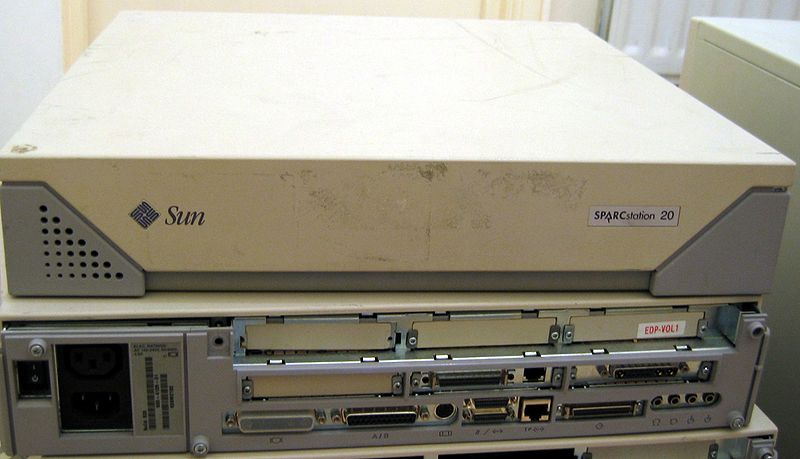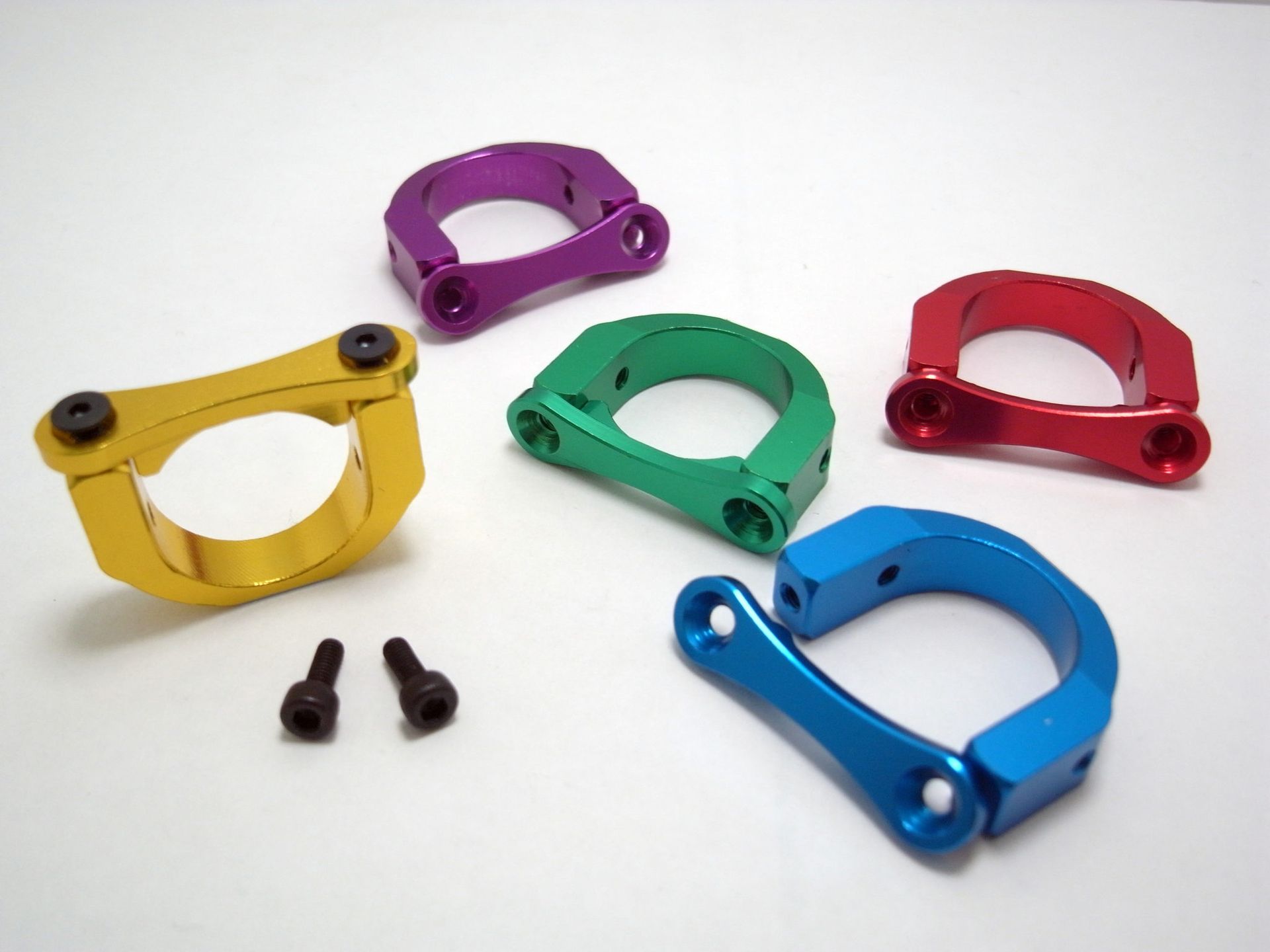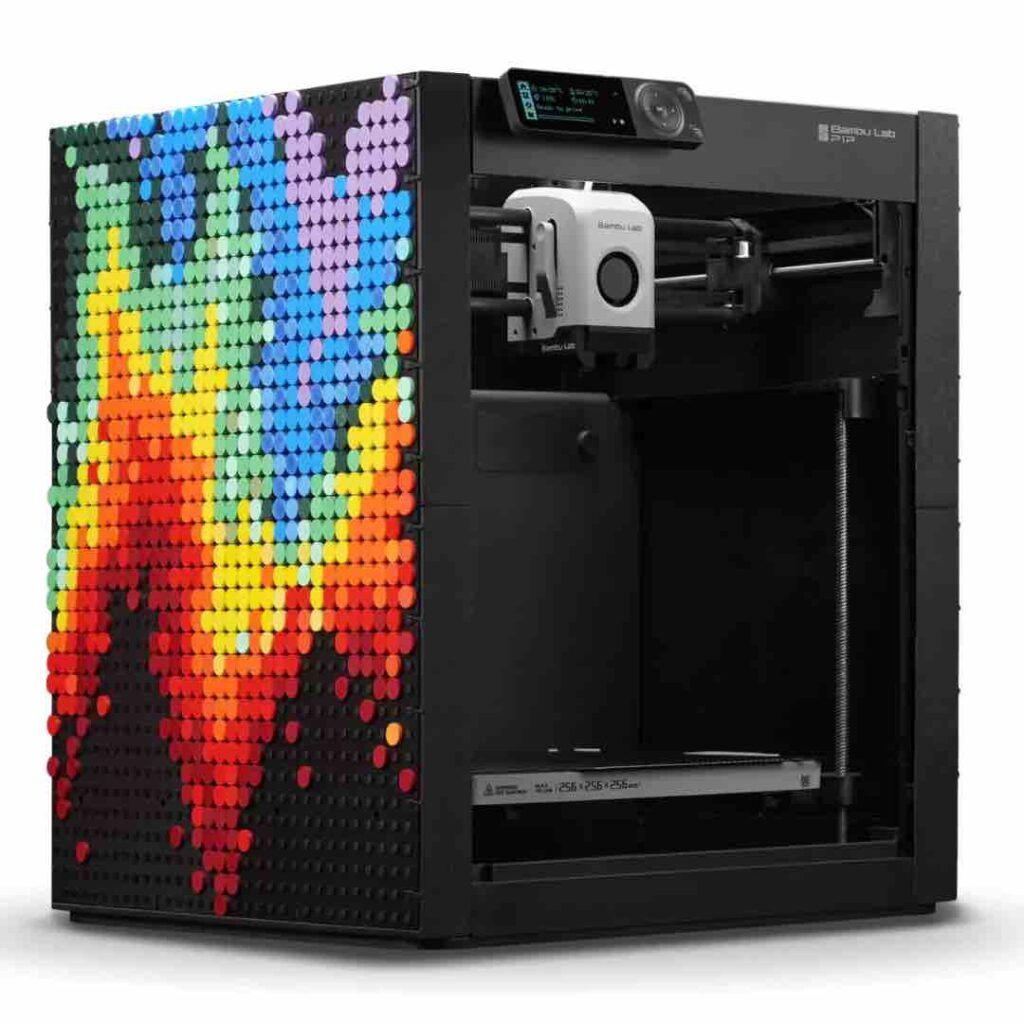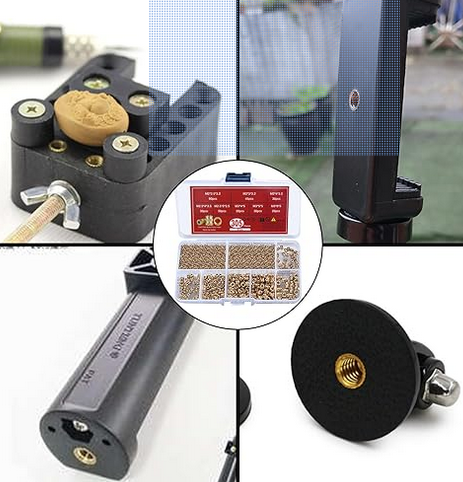From Nuclear Submarines to Autodesk: The Evolution of Engineering and Jay Tedeschi

In the final part of our series with Jay Tedeschi, we take a look back at the changes Jay has seen over his time as an engineer and how they have shaped him as a professional.
Growing up in New London, CO where U.S. Navy nuclear submarines were based and built across the river, Jay had an interest in engineering from an early age. He also grew up in the time of the space race watching the Gemini and eventually the Apollo missions as a kid. It was a time when engineering was paramount in pop culture, and it inspired Jay to get involved in the field. In his first job working on passive targeting for missiles, he began his professional experience with CAD programs and workflows. Being that he was working for the well funded DOD at the time, he had the opportunity to use some of the most cutting-edge technology for engineering design. When he first began, engineering with CAD meant using a 500 thousand dollar machine with a rudimentary program that could only design in shades of green. However, Jay saw this as the beginning of a shift happening in the engineering field.
For essentially all of the modern innovation that CAD programs have brought along, Jay has been sitting in the passenger’s seat, and sometimes the driver’s seat, watching it all take place. Engineering began a rapid evolution from prior processes. For thousands of years, the engineer worked with a pen and paper designing many iterations of the same design, sometimes based solely on trial and error. This was the past that Jay knew well, but it wasn’t the future that Jay ventured into.
The 1980s brought the biggest era of competition for CAD and engineering software. With Computervision coming out with CAD5 and Autodesk being founded in 1982. For essentially the extent of the 1980s, Jay saw Computervision as the leading software for engineering. He said that most overlooked AutoCAD, but he noticed an odd trend. While AutoCAD wasn’t being used, from his perspective, nearly every engineer he ran across had a copy of the program sitting on a computer.
For engineers today, we may think that CAD software was always just that – software. However, in the initial stages of growth, CAD was a software and hardware package. AutoCAD always ran on a crude IBM PC. Sun Microsystems came out with what was called the Sparc Station, nicknamed the Pizza Box. Because, well, just look at the thing.
Following the 1980s, engineering evolved deeper into the electronic age as CAD became essential to design. Even still, the CAD revolution didn’t really begin until the early 2000s when the software overcame most of its previous shortcomings. As we have discussed before, Jay believes that the biggest impact that CAD brought to the evolution of engineering was the influence of simulation and analysis tools. These programs meant no more passing a design back and forth between engineers to check operations, rather it could all be done at one core machine.
Looking at the modern changing engineering field, Jay sees additive manufacturing and improved simulation tools as leading factors in the growth of the market. It’s these evolutions that we as modern engineers will witness first hand and see through the future. Engineering will continue to evolve into improved design technologies and impressive workflows, and we are all along for the ride. Most profoundly, however, it may be witnessing these innovations take place that has the deepest effect on an engineer’s life. Jay has been shaped by what he witnessed first hand in his lifelong career as an engineer. He makes a point to mention that we shouldn’t become attached to programs and technologies. They always change. Rather as engineers we constantly have to innovate and learn. We can never stop learning.
Images: [1]
The post From Nuclear Submarines to Autodesk: The Evolution of Engineering and Jay Tedeschi appeared first on Inventor Official Blog.


